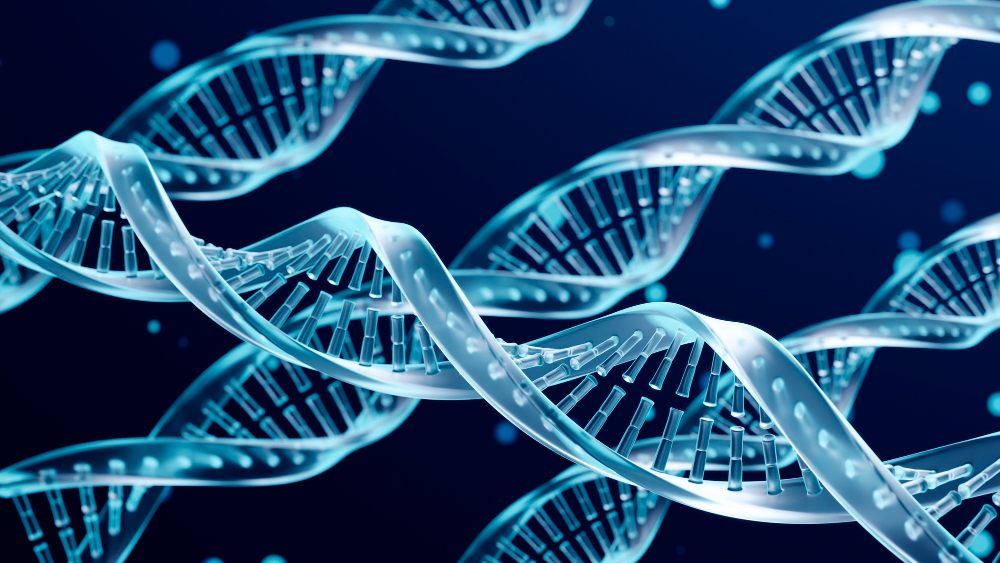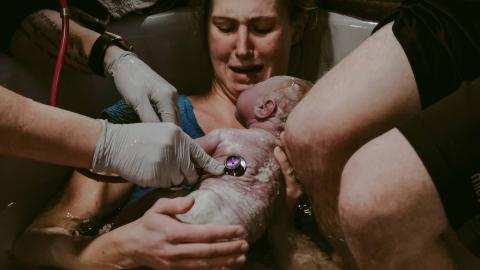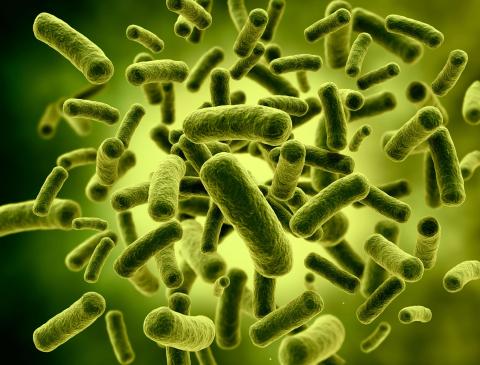Genital microbiome could help identify sexual offenders
‘Bacterial signatures’ from genital areas could serve as a forensic tool to identify perpetrators of sexual assault, even if there is no trace of sperm, according to a study published in the journal iScience, by the Cell group. After sequencing the DNA of bacteria from genital samples from 12 stable couples, the authors show that a transfer of bacterial species occurs during intercourse, allowing the identification of each person’s own genital microbiome or ‘sexome’.

250212 Rosa sexoma EN
Rosa del Campo
Researcher at the Ramón y Cajal Hospital and member of the Specialised Group for the Study of the Human Microbiota of the Spanish Society of Infectious Diseases and Clinical Microbiology (SEIMC-GEMBIOTA)
This article studies the possible usefulness of the sexual microbiota ('sexome') to identify aggressors in cases of [sexual] abuse. Until now, the reference method is to find the Y chromosome – provided that the aggressor is a man, which is most commonly the case. In the case of using a condom, there is not much human DNA, and that is why the 'sexome' would be useful.
The researchers recruited 12 stable and monogamous couples, who go 14 days without [sexual intercourse] and take samples themselves from the penis and vagina. The methodological contribution is that the researchers use robust sequencing with PacBio, which enables very long DNA readings, and therefore they know very well where the bacteria come from. They also study the influence of external factors such as the use of a condom, lubricants, etc.
Men have a microbiota on the penis (very similar to that of the skin in other areas) that is much more diverse than the vagina's microbiota of women in the vagina. The limiting factor of this technique is that if the genital area is washed after sex, it will be very difficult to find the partner's bacteria. They have also studied couples who regularly have sex, and that can influence the results. In no case will this technique replace the detection of the Y chromosome in the case of men, but it can be useful.
I don't like the word 'sexome', it should rather be called 'genital microbiota'.
250212 toni sexoma EN
Toni Gabaldón
ICREA research professor and head of the Comparative Genomics group at the Institute for Research in Biomedicine (IRB Barcelona) and the Barcelona Supercomputing Center (BSC-CNS).
The study shows that changes in the composition of the vaginal and penile microbiome can occur before and after a sexual act. However, given the small sample size and the variability of cases found, no conclusive general pattern is detected. In my opinion, the study should have made a more careful analysis of the variability in the sampling, since, although 10 replicates were taken, only one was sequenced per case, which does not allow us to establish what basic variability we could expect in the sampling. In the same way, more controls of samples would be needed, taken at similar intervals without there being a [sexual] relationship, in order to know what the expected fluctuations could be in its absence.
The chosen sequencing methodology (16S gene amplicons) allows us to identify the species of bacteria with a fair degree of resolution, but does not ensure that we can establish that they are clonal, as would be expected from a transmission. The state of the art for establishing clonality is based on massive genomic DNA sequencing techniques (shotgun). Furthermore, the presence of the same 16S variants in two different people does not imply direct transmission and, as the couples share housing and habits, dual colonization cannot be ruled out.
Regarding the possible forensic application, I believe that the data allow us to glimpse future possibilities, but they do not provide evidence that it is possible, for example, to identify the aggressor from the possible variants detected in a victim. It is foreseeable that, unlike this study, samples taken shortly before the attack will not be available. Obtaining DNA from the aggressor himself in any remains found in the victim or crime scene would provide a more precise and direct identification. One advantage that the microbiome could have over human DNA is the persistence over time of clones transmitted from aggressor to victim, something that is not investigated here.
250212 Nerea sexoma EN
Nerea Molina
Researcher at the Department of Philosophy I of the University of Granada and at the Institute for Biosanitary Research ibs.GRANADA
This study strengthens the idea that bacterial communities in the male and female genital tract can be exchanged during intercourse. By sequencing the 16S rRNA gene in vaginal and penile samples taken before and after sexual intercourse, the authors identified the transfer of specific bacterial signatures between partners. These findings are in line with previous studies that already suggested this microbial exchange in couples.
In addition, the researchers suggest that this type of analysis could be useful in the forensic field, especially in cases where human DNA cannot be detected. They also highlight that the bacterial fingerprint could extend the time window to identify sexual contact, exceeding the 48 hours after which the detection of sperm in vaginal samples is drastically reduced. However, the individual variability of the microbiome, together with the multiple factors that can influence the stability of these microbial signatures, such as personal hygiene, the use of barrier contraceptives and the natural dynamics of the microbiome, make further research necessary before considering a reliable practical application.
The concept of the ‘sexome’ as a forensic tool is fascinating, but there is still a long way to go before it can be used in courtroom practice. Accurate identification of microorganisms at the strain level and their stability over time are key challenges. In addition, the microbiome is not static: factors such as the time elapsed since contact or the presence of other biological fluids can influence the results. This study represents an interesting advance in the understanding of bacterial transfer between couples, but its viability in forensic investigations still requires validation in larger studies and in real-world settings.
Also, after reading the press release, I would like to make a technical clarification: the study sequences DNA, not RNA. Specifically, the gene (DNA) that encodes the 16S rRNA subunit is sequenced. I would also recommend removing the claim that the results are “down to the sub-species level,” as the data in the study do not reach that resolution.
Dixon et al.
- Research article
- Peer reviewed
- People



